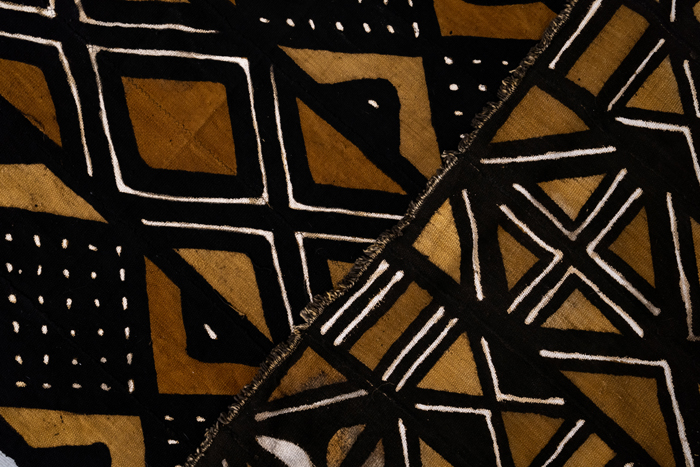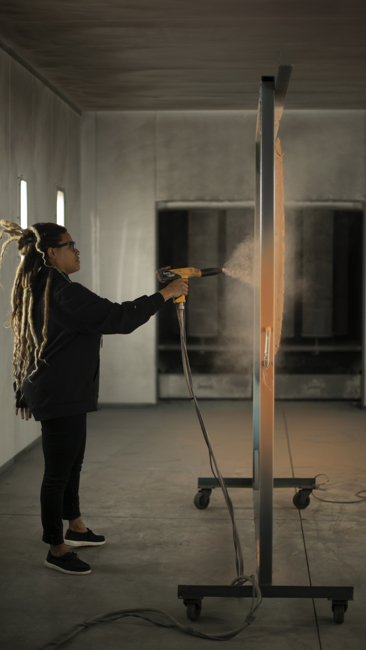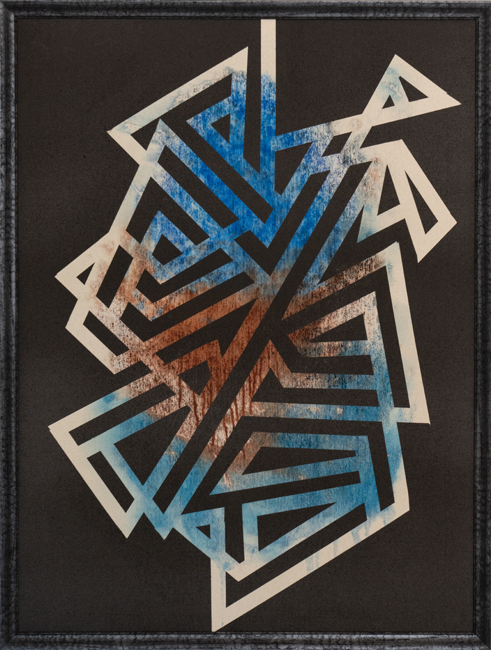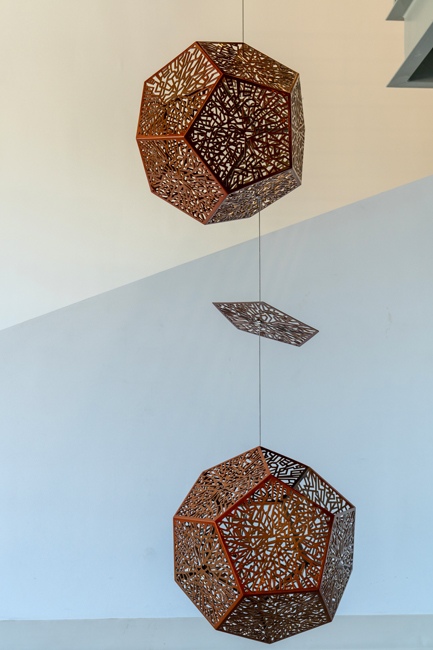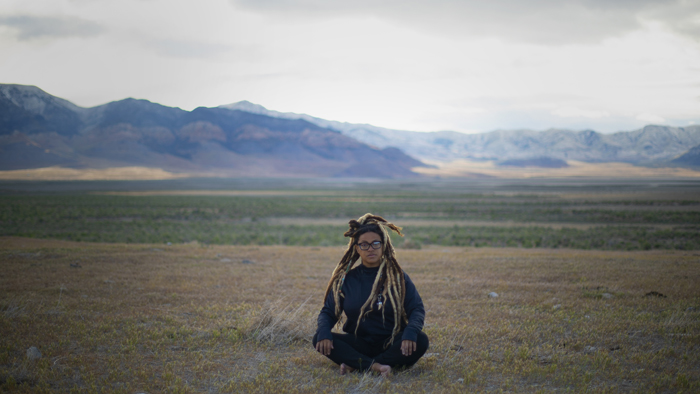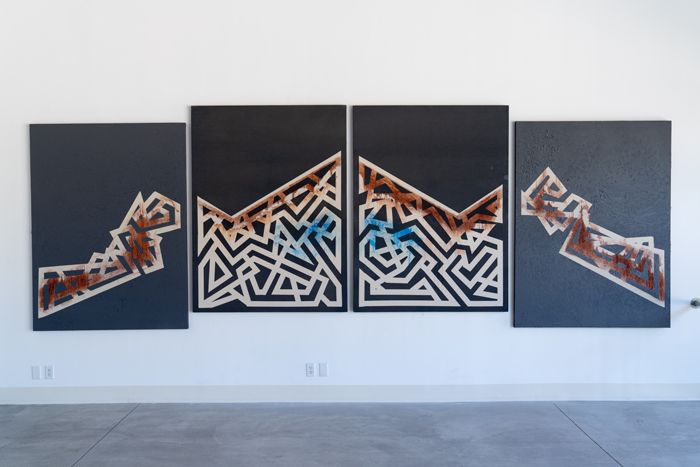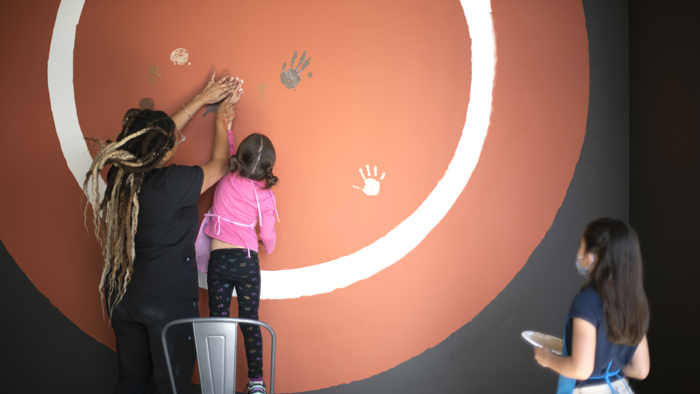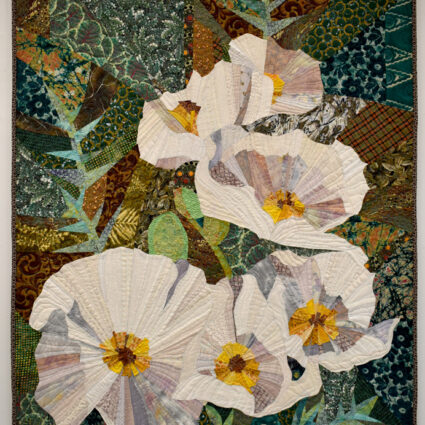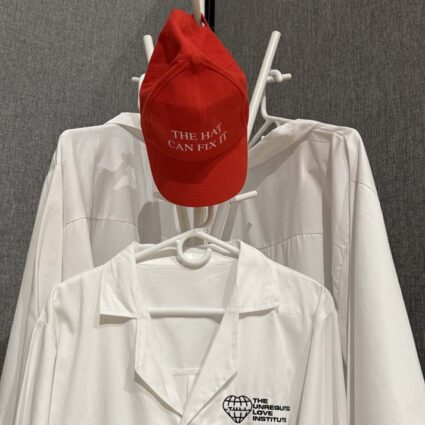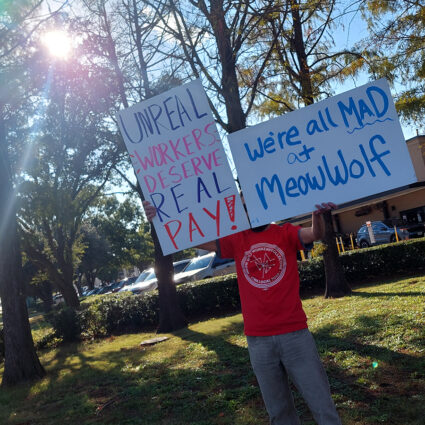Ya La’ford, Ogden Contemporary Arts’s first artist in residence, visualizes a past, present, and future Southwest in Survey: The West.

Ya La’ford, a world traveler who has spent significant time working across the globe as part of her art practice, had not taken a trip, like most of humankind, in more than two years. Her first destination after the pause: the American West.
The journey impacted not only her art- and place-making worldview, but also her life practice. Some of these experiences were distilled into her exhibition Survey: The West. The zenith of a two-month residency at Ogden Contemporary Arts for the artist, the show is comprised of works that incorporate local social, cultural, and geographic histories that, according to the exhibition text, serve to “renew our perspective of the West and reconsider our relationship to the boundaries shaped in the landscape through geological forces and defined by the early pioneers.”
“The exhibition really got deep for me because [the West] was this place that I felt very enamored with, and also deeply and spiritually connected,” says La’ford, a child of Jamaican immigrants who currently splits her time between Florida, Maine, and New York. “I think [the exhibition] was my attempt to try to transport the viewers into this geological history that harbors this ecological beginning, one that has characterized the earth since its beginning.”
“What we remember best and longest is measured in the shortness of our human life,” adds La’ford. “The changes to the natural environment are almost indiscernible—we can’t even imagine millions of years ago. When we’re in that space, I think we’re generally unaware of changes that are shaping and reshaping our beautiful environment.”
La’ford, who is known for small- and large-scale geometric sculptures, paintings, and public art designs, worked fifteen-hour days during her OCA residency. It’s part of what she does whenever she immerses herself in a community and the land, as she has previously in Columbia, Egypt, and Thailand.
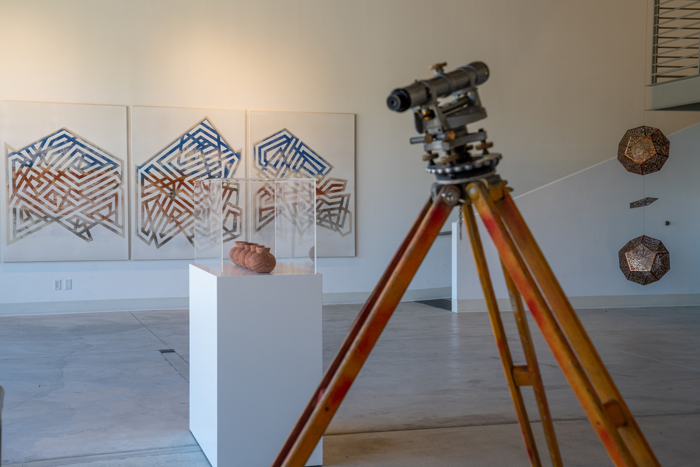
During her residency, La’ford learned about the town’s history—by some accounts, Al Capone said that he wouldn’t dare walk the streets of Ogden, which has been cited as one of the country’s most debauched places during the Prohibition era due to the railroad, mining, boozing, gambling, and prostitution scenes. In response to some of these stories, the artist incorporated a railroad track and an early Ogden pioneer’s land surveyor scope into Survey.
She also created pieces about Spiral Jetty and Aztec ruins, both of which she visited. With the latter, she considered Indigenous beliefs around water, sunset, and solstice and how Native American living spaces reflect their philosophies but also maintain spiritual connections to their ancestors.
La’ford thought about the Utah landscape that original inhabitants and settlers once encountered, but in an unconventional sense—rather than desolate nothingness, she imagined men and women swept up in the wide, delicate sandstone landscape. This visual narrative is reflected in a series of striking paintings in which sections of red sand-colored pigment lift off the canvas, run onto the sides, and even kiss the wall.
In a piece that materialized into a video work, the artist hired a boat and documented shrinking Lake Powell, which straddles the Arizona-Utah border, not knowing that all nautical traffic would soon be cut off due to dangerously low water levels.
She also took a shovel to an area directly in front of OCA on 25th Street—a thoroughfare that was notoriously dangerous in the 1920s and that Capone may have been too fraidy-cat to traverse—and incorporated the excavated materials into pigments that she applied to various canvases.
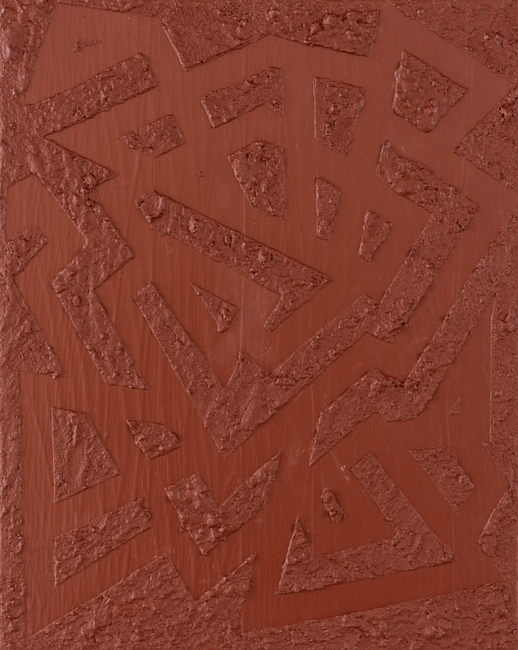
“Through this exhibition, I tried to create new discovery and new stories of discovery,” La’ford explains. “Also, finding revelations that would expose new timelines and visuals—kind of resynthesizing the Southwest and its symbolism and how you consider your past a bit differently through cultural characteristics that unite us with land.”
After the residency, La’ford and her family continued their travels in an Airstream trailer to states including New Mexico, Wyoming, and Idaho. She plans to return to one area that she thinks is a center for the earth’s geological and spiritual morphing.
“I think the West provides this comprehensive and more complete record of the forces beyond us that are constantly changing,” she says. “This landscape that we’re on is as alive as we are, and it’s forever shifting in response to this natural process. I think it actually makes you want to protect and preserve it more.”
Survey: The West remains on view through July 24, 2022, at Ogden Contemporary Arts, 455 25th Street, and is expected to travel to the James Museum of Western and Wildlife Art in St. Petersburg, Florida in 2025.


